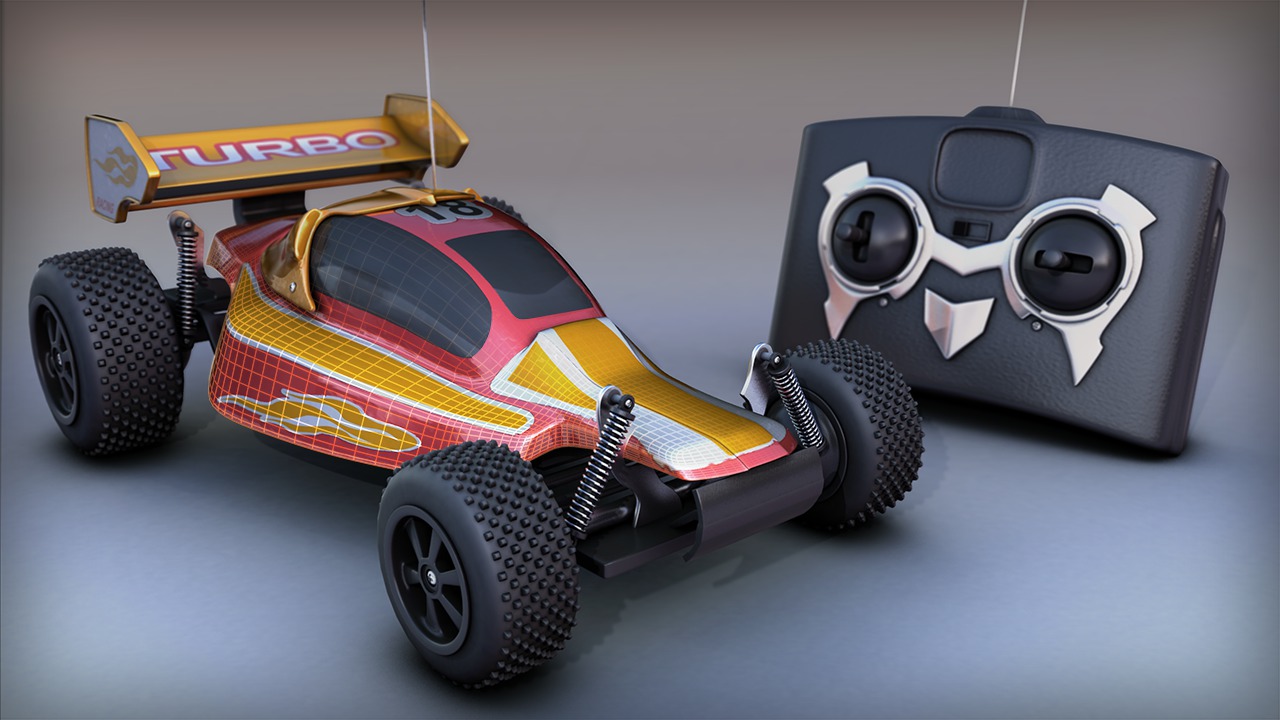- Course
Introduction to Modeling in Maya
In this tutorial we'll go through the modeling process in Maya 2014.

- Course
Introduction to Modeling in Maya
In this tutorial we'll go through the modeling process in Maya 2014.
Get started today
Access this course and other top-rated tech content with one of our business plans.
Try this course for free
Access this course and other top-rated tech content with one of our individual plans.
This course is included in the libraries shown below:
- Core Tech
What you'll learn
In this tutorial we'll go through the modeling process in Maya 2014. We'll use a project-based approach as we cover the basics of modeling, look at commonly used tools, and talk about some time-saving tips and production techniques. We'll begin by looking at the various types of geometry available to you. You'll learn how to organize your model into hierarchies and keep your scene clean and efficient. We'll also take a look at several modeling tools, including polygonal tools like extrude and the insert edge loop tool for adding resolution, NURBS tools like loft and extrude to create smooth surfaces, and a few of the new tools in Maya 2014 as well. We'll take a look at using a smoothing workflow and use deformers to help shape our models. We're going to take a slightly different approach to this introduction tutorial, in that we're not going to talk about all of Maya's modeling tools, but rather focus on the tools that you're going to find most useful as you begin the modeling process.

